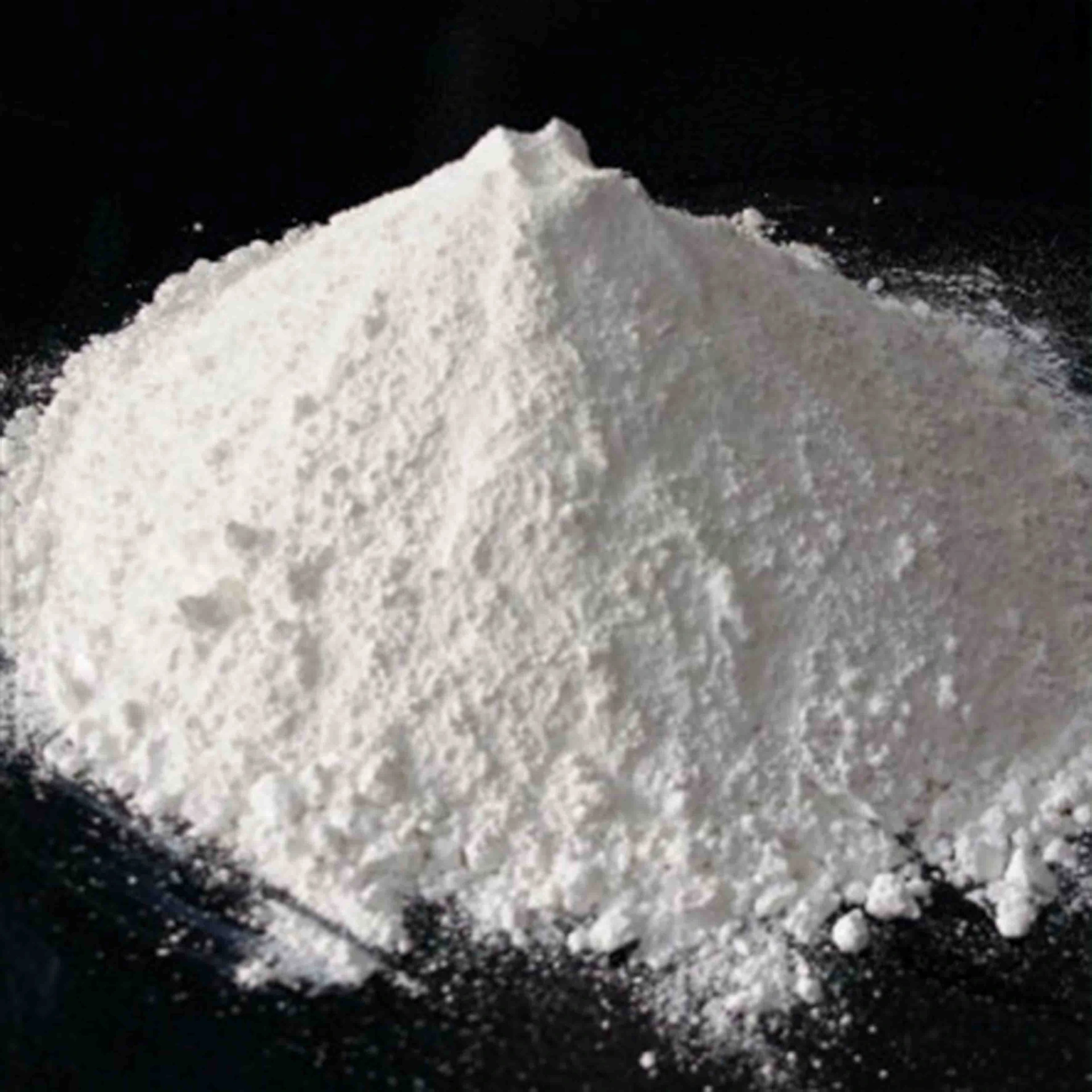
Nov . 30, 2024 08:23 Back to list
china rutile grade organic surface treatment titanium dioxide for plastic
The Role of Rutile Grade Titanium Dioxide in Plastic Applications
In the world of materials science, titanium dioxide (TiO2) is a standout compound that has garnered attention across various applications due to its unique properties. Among the different forms of titanium dioxide, rutile grade titanium dioxide is particularly known for its superior performance, especially in plastic applications. The processing and treatment of rutile titanium dioxide for plastic use involve organic surface treatments that enhance its compatibility and performance in different plastic matrices.
Understanding Rutile Titanium Dioxide
Rutile is one of the three mineral forms of titanium dioxide, the others being anatase and brookite. Rutile is characterized by its high refractive index, excellent opacity, and excellent UV resistance. These properties make rutile grade titanium dioxide an ideal pigment in the production of paints, coatings, and plastics. The inherent brightness and whiteness of rutile TiO2 allow it to significantly improve the aesthetic qualities of various plastic products, helping them achieve a more vibrant appearance.
Importance of Surface Treatment
The integration of rutile titanium dioxide into plastic matrices presents challenges primarily due to the hydrophilic nature of the compound, which can lead to poor dispersion and adhesion in hydrophobic polymers. To solve this issue, organic surface treatments are employed. These treatments involve modifying the surface of the titanium dioxide particles with organic compounds, thereby improving their compatibility with plastics.
Organic surface treatments serve to create a hydrophobic environment around the rutile TiO2 particles, enhancing their dispersion in polymer formulations. This can significantly impact the final properties of the plastic products, including their mechanical strength, processing characteristics, and overall performance. Enhanced dispersion not only improves the physical properties but also contributes to the stability of the final product against environmental factors such as UV radiation and moisture, which can lead to degradation over time.
Applications in Plastic Products
china rutile grade organic surface treatment titanium dioxide for plastic

Rutile grade titanium dioxide treated with organic surface modifiers is widely used in various plastic applications, including packaging, automotive components, consumer goods, and construction materials. In the packaging industry, for example, rutile TiO2 helps to enhance the opacity of films and coatings, ensuring that the content is protected from light while also providing an appealing aesthetic.
In automotive applications, the addition of rutile titanium dioxide not only improves the appearance of plastic parts but also enhances their durability by imparting UV resistance. This is particularly important in exterior components that are exposed to harsh weather conditions, ensuring that they maintain their appearance and structural integrity over time.
Consumer goods, such as household items and electronic casings, benefit from the incorporation of rutile TiO2 as well. The compound provides a high level of whiteness and brightness, making products more attractive to consumers. Additionally, its excellent barrier properties help in protecting the integrity of products, further extending their lifespan.
Environmental Considerations
As industries worldwide are moving towards more sustainable practices, the use of rutile titanium dioxide in plastics also aligns with these objectives. The non-toxic nature of rutile TiO2 makes it a favorable choice compared to other pigments that may pose environmental risks. Furthermore, the ability of treated rutile TiO2 to improve the lifespan and durability of plastic products contributes to a reduction in waste, as longer-lasting products align with sustainability goals.
Conclusion
Rutile grade titanium dioxide, especially when enhanced through organic surface treatment, plays an essential role in the plastic industry. Its unique properties and modified surfaces significantly improve the performance and durability of plastic products, making it indispensable across various applications. As the demand for high-quality, sustainable materials continues to rise, rutile TiO2 is poised to remain a key player in the development of innovative plastic solutions, ensuring that industries can meet both aesthetic and functional demands while adhering to environmental standards.
-
Premium 6618 Titanium Dioxide for GPT-4 Turbo Applications
NewsJul.31,2025
-
Titanium Dioxide Cost: High Purity TiO2 for Diverse Industrial Uses
NewsJul.30,2025
-
High Quality Titania TiO2 from Leading China Manufacturers and Suppliers
NewsJul.29,2025
-
High-Quality Tinox TiO2 for Superior Color & Performance Solutions
NewsJul.29,2025
-
High Quality Titania TiO2 from Leading China Supplier & Manufacturer
NewsJul.29,2025
-
High-Performance r6618 TiO2 for Superior Whitening and Versatility
NewsJul.28,2025
